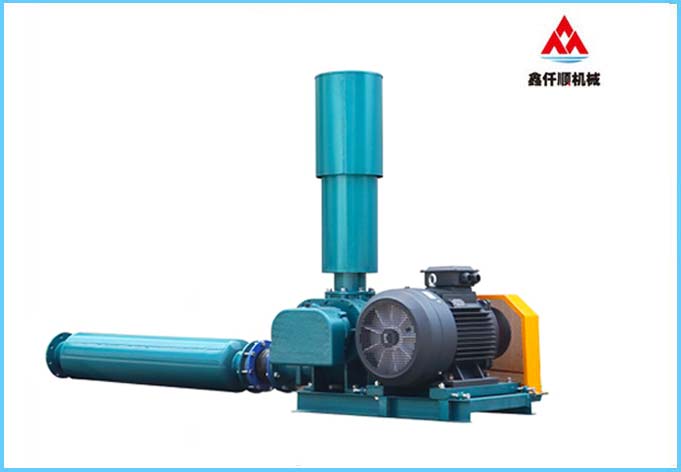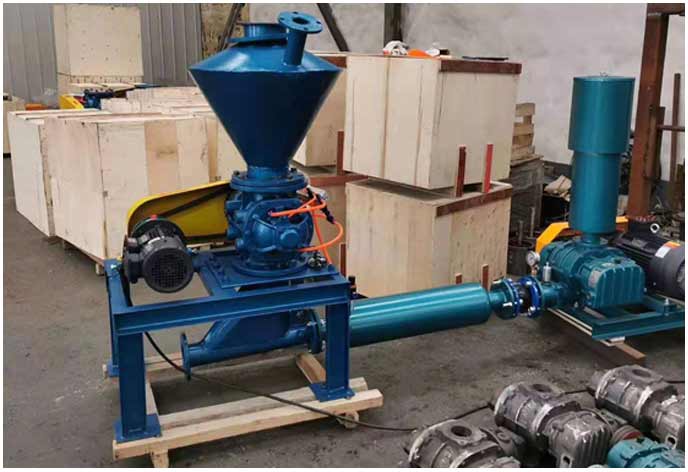Calculation Method for Selection of Roots Blower for Material Conveying
Source: Roots blower manufacturer
Published on: March 26, 2024
Hits:
Related information
-
Precautions for piping and pipe installation of high-pressure roots blower -
The manufacturer of explosion-proof roots blower explained the reasons for its high temperature? -
Difference between direct connected roots blower and belt connected roots blower and precautions for model selection -
The selection of roots blower for pneumatic conveying is carried out from the following aspects: -
Selection Method of Roots Blower for Negative Pressure Pneumatic Conveying -
How to select Roots blower for powder material conveying? -
Why is the price of high-pressure roots blower more expensive than that of ordinary roots blower? -
What are the pipeline installation requirements for high-pressure roots blower? -
Precautions for piping and pipe installation of high-pressure roots blower -
What are the structural drawings and installation precautions of explosion-proof roots blower?
Xinqianshun's latest products
Random articles
-
Cause of failure to start high-pressure roots blower -
Application of Roots blower in sewage treatment, aquaculture flour industry, food industry: -
Maintenance and installation of three blade roots blower of various models _ roots blower -
What should we do if Roots blower is stopped and restarted for a long time? -
Precautions during the operation of Roots blower and how to change the oil? -
For the selection of Roots blower, what is the normal range of pressure of Roots blower? -
What should be paid attention to when using Roots blower? (Daily operation explanation) -
How to solve the problem of insufficient air volume of roots blower, the causes of insufficient air volume of roots blower and troubleshooting methods -
Detailed introduction to the operating procedures of Roots blower: -
How to solve the problem of Roots blower locked and unable to move?
Latest news articles
-
Application of Roots blower for special gas transportation -
Function and characteristics of Roots blower for special gas transportation -
Precautions for piping and pipe installation of high-pressure roots blower -
Introduction to matters needing attention in model selection of three blade roots blower -
The manufacturer of explosion-proof roots blower explained the reasons for its high temperature? -
Difference between direct connected roots blower and belt connected roots blower and precautions for model selection -
Roots blower for material pneumatic conveying plays an important role in pneumatic conveying: -
The selection of roots blower for pneumatic conveying is carried out from the following aspects: -
What are the selection principles and main uses of Roots blower for powder conveying? -
Calculation Method for Selection of Roots Blower for Material Conveying









